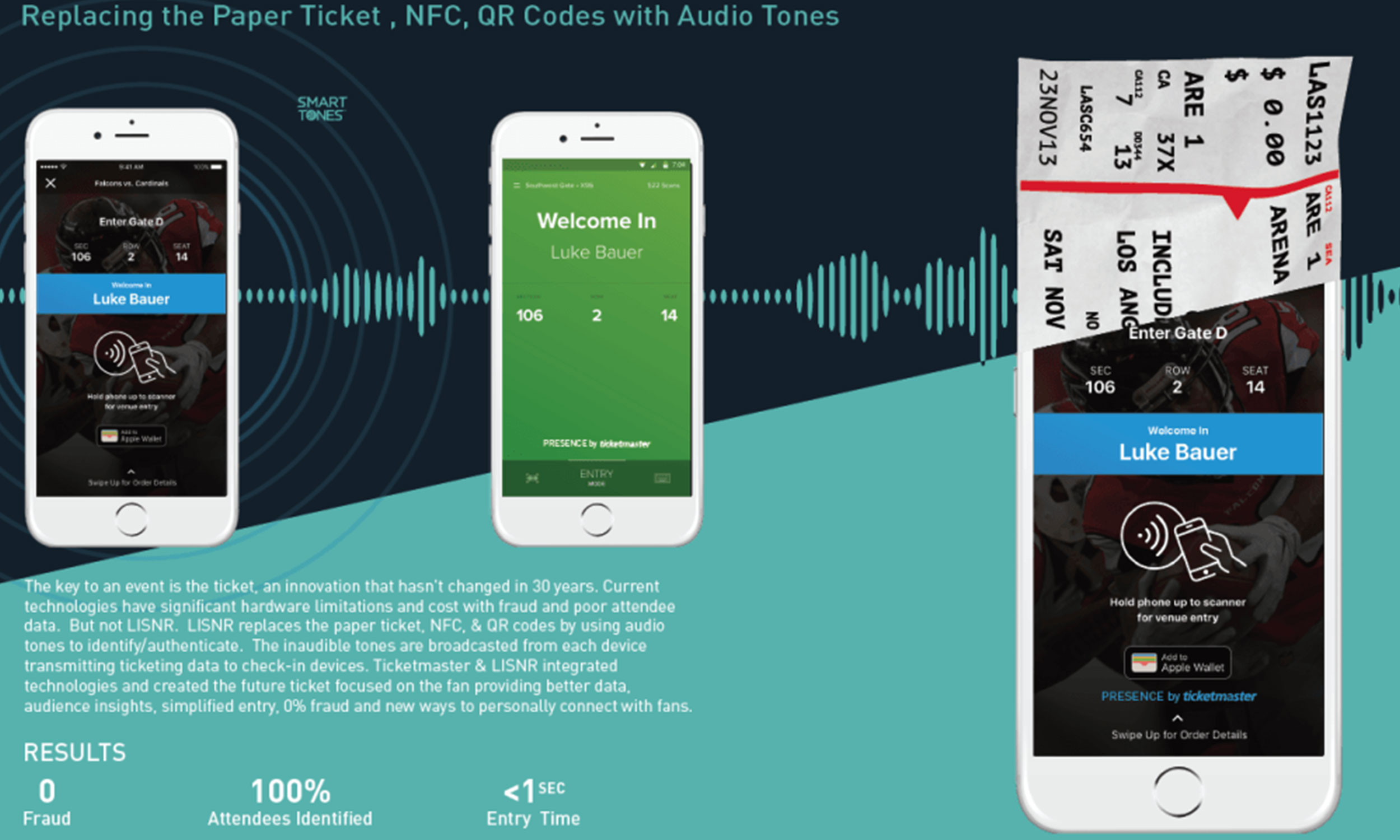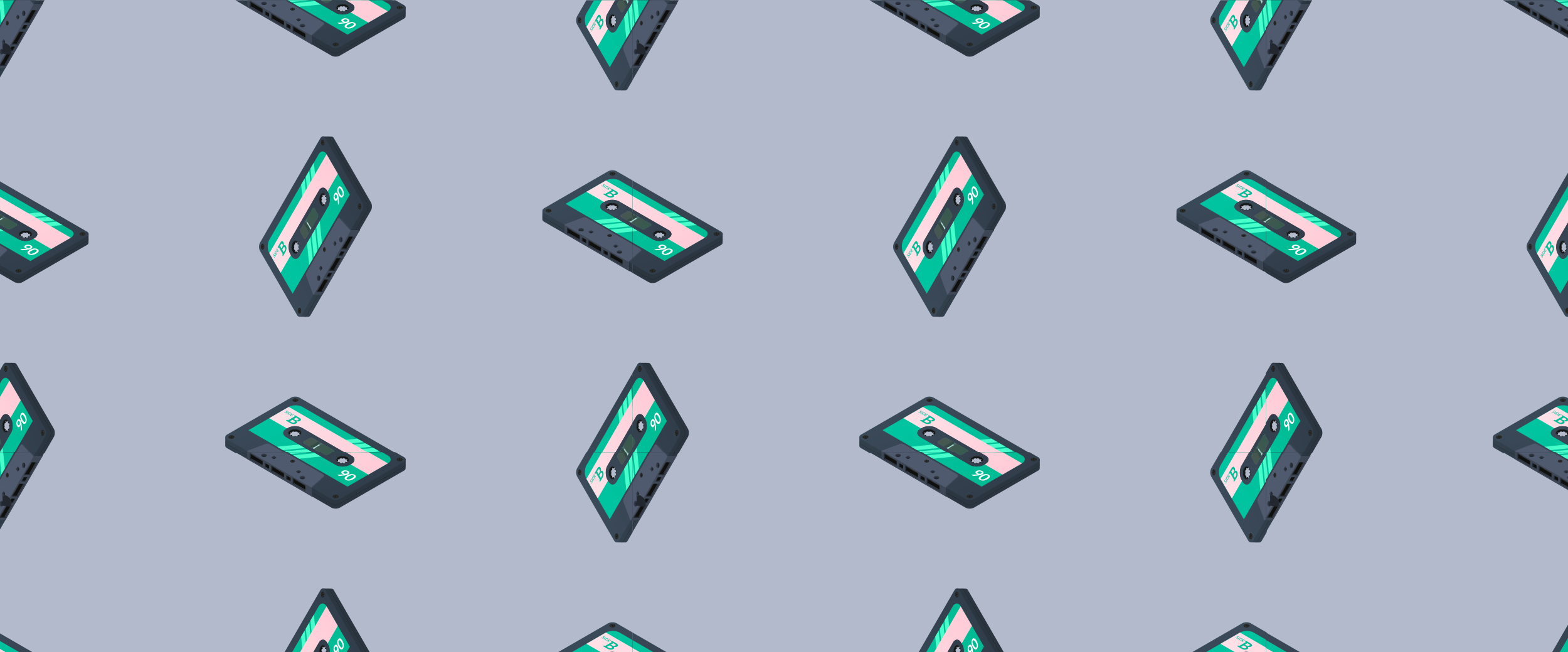Blog Post
Audio QR
Audio QR
Posted on
07 Jul 2017
Category
Technology
07 Jul 2017 • Technology

The Sound of Personal Data
*Updated hearing test link on January 6th, 2025Not that long ago, forgetting your wallet or purse meant a round-trip back home. Now, it’s almost easy to take for granted the fact that we can use Google Wallet or Apple Pay to save us time and money. Even more easy to take for granted is what’s under the hood: the NFC technology that can allow the process to be as safe as it is swift. NFC, or Near Field Communication, allows electronic devices to share small payloads with one another at a close range (within 4 cm).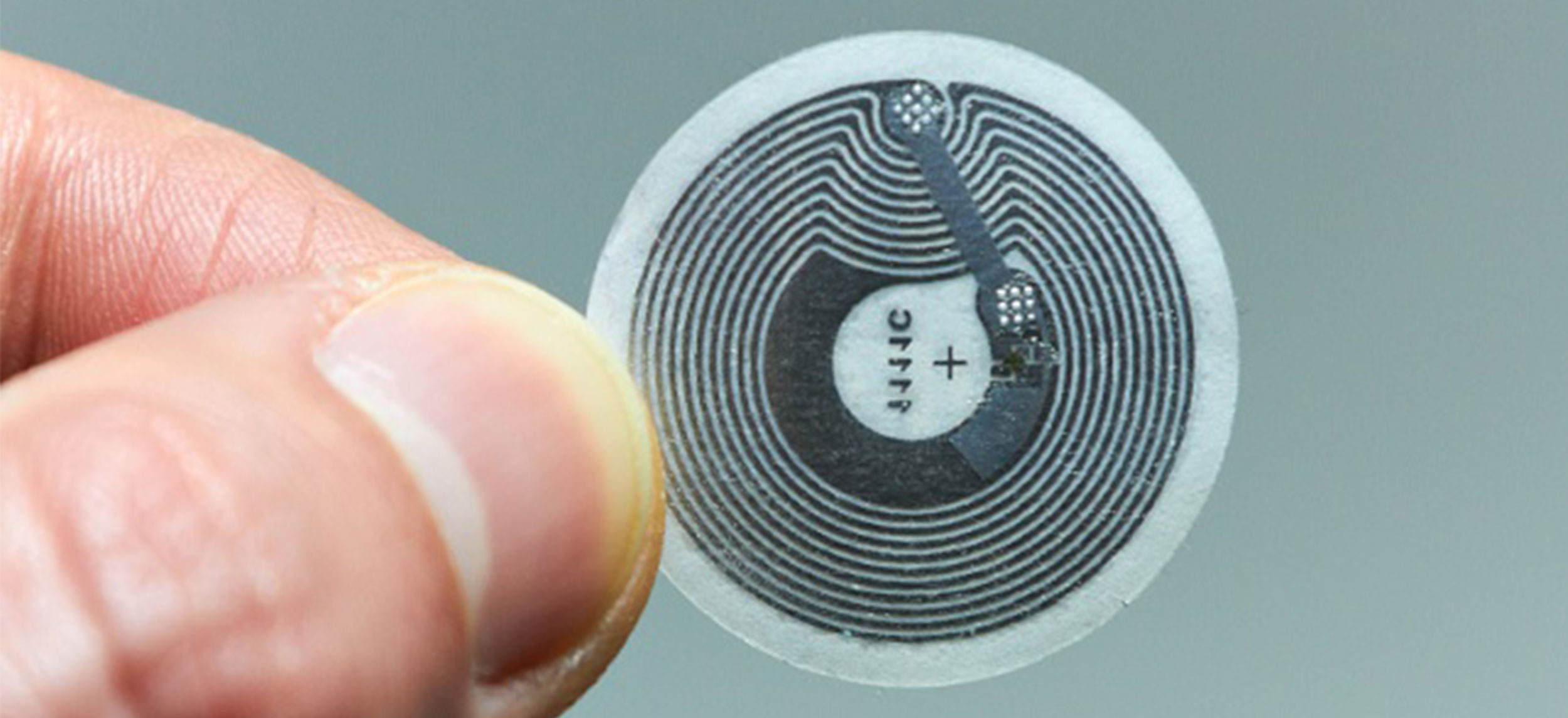 Android NFC Tag
Android NFC Tag
 Android NFC Tag
Android NFC TagTraditional NFC
Traditionally, this requires certain hardware for communication. A transaction would call for a both pieces of tech to be equipped with an NFC chip/tag to be able to communicate with one another. This enables mobile payments wherein transactions can be completed by tapping your smartphone against a credit card processing terminal manufactured by a compatible company, such as VeriFone.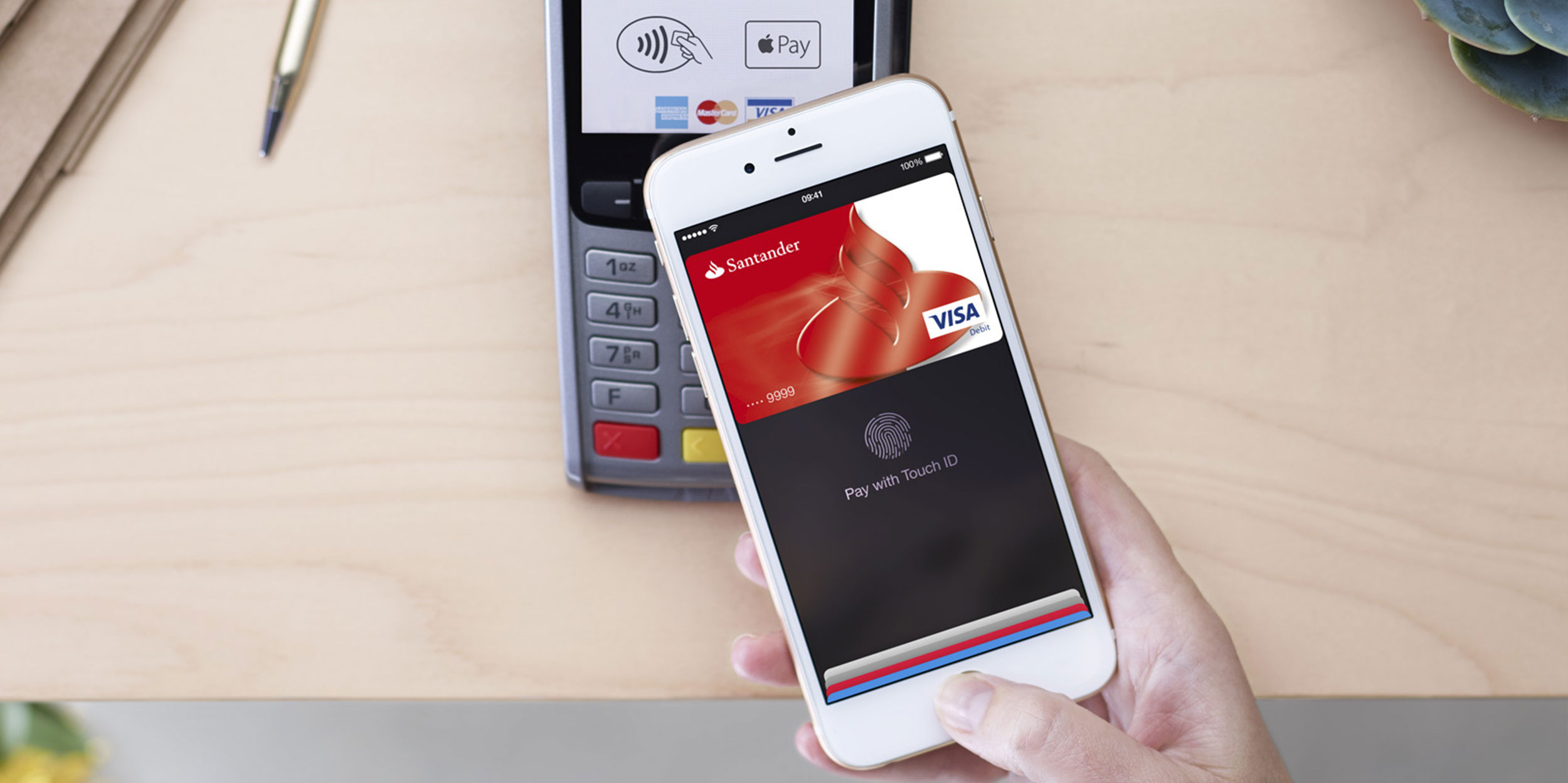 Apple Pay
Apple Pay
 Apple Pay
Apple PayAcoustics-Based NFC
With the emergence of acoustics-based NFC technology, data can now be transmitted audibly or even inaudibly (to the human ear) between devices. The latter is a great opportunity for brands using technology like POS Systems to create an audio user feedback experience, or what we at Audio UX call: Audio QR.
This is a big evolution in the world of sound. Not only can you engage in traditional NFC content sharing, but you can also now literally use sound to send your friends… sound: MP3s, SoundCloud URLs, Spotify Playlists, etc.
Using the built-in microphone and speakers on smartphones opens up the possibility to utilize audible or (nearly) inaudible frequencies. Remember the 17kHz ringtone? These frequencies tend to lie roughly between 18-20 kHz and pass information while bypassing traditional wireless hardware requirements. This means that tags/chips are not inherently necessary anymore. So long as the devices both have a microphone and speaker, they are good to go. Think your ears have what it takes to decode these frequencies? Test your hearing skills with .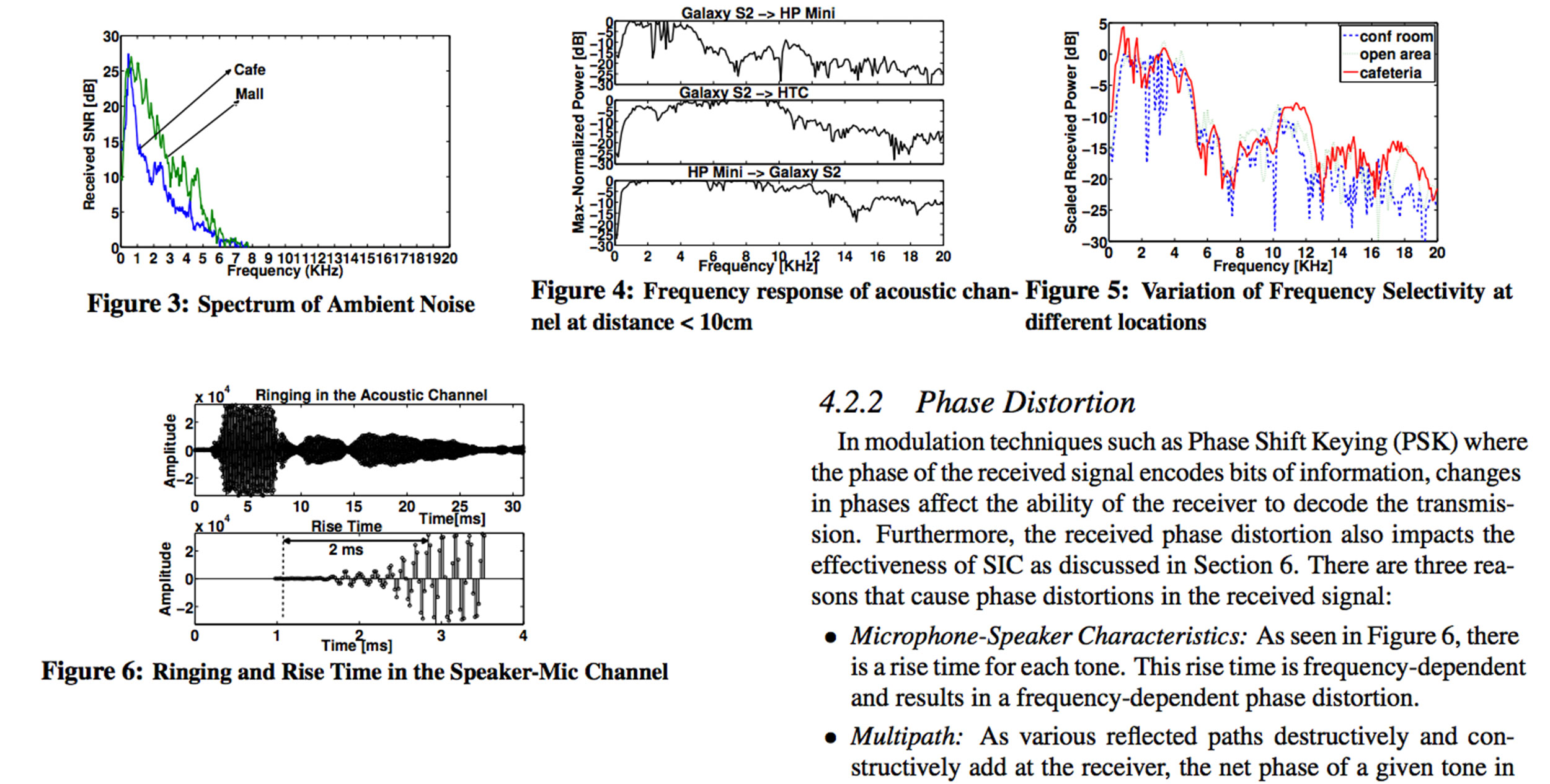 Microsoft DhwaniMicrosoft’s , developed in 2013, promises a secure format to use acoustics-based NFC. Their research is openly available to understand how many new acoustics-based NFC applications are functioning. Using particular frequencies, considering ambient noise, and of course, using jamming algorithms to keep away prying “ears” (read: microphones) are just some of the intricate layers behind this audio technology.
Microsoft DhwaniMicrosoft’s , developed in 2013, promises a secure format to use acoustics-based NFC. Their research is openly available to understand how many new acoustics-based NFC applications are functioning. Using particular frequencies, considering ambient noise, and of course, using jamming algorithms to keep away prying “ears” (read: microphones) are just some of the intricate layers behind this audio technology.
 Microsoft DhwaniMicrosoft’s , developed in 2013, promises a secure format to use acoustics-based NFC. Their research is openly available to understand how many new acoustics-based NFC applications are functioning. Using particular frequencies, considering ambient noise, and of course, using jamming algorithms to keep away prying “ears” (read: microphones) are just some of the intricate layers behind this audio technology.
Microsoft DhwaniMicrosoft’s , developed in 2013, promises a secure format to use acoustics-based NFC. Their research is openly available to understand how many new acoustics-based NFC applications are functioning. Using particular frequencies, considering ambient noise, and of course, using jamming algorithms to keep away prying “ears” (read: microphones) are just some of the intricate layers behind this audio technology.LISNR
Chirp
is also active with what they are calling a “sonic barcode”. With both an audible “chirp” or inaudible “ultrasonic” (though Chirp is careful to point out that most acoustics-based NFC is actually just south of what is technically “ultrasound”) frequency burst, Chirp is ‘developer friendly’ in its variety of uses and applications.As an example of their problem-solving ideology, Chirp has partnered with to enable a safe way for kids to share characters without having to connect their consoles to the internet, bypassing certain parental safety concerns. has since been acquired by Sonos.
has since been acquired by Sonos.
 has since been acquired by Sonos.
has since been acquired by Sonos.Chrip "Sonic Barcode"
Brand Opportunities
The opportunity to be listening to a podcast on your computer or watching your favorite Sunday night series, using your mobile device to scan for high frequency information, and unlocking exclusive content to immerse yourself even deeper into a branded experience is easier than ever. Rather than relying on Shazam, you can now scan for inaudible frequencies that loop (what Chirp calls an “audio beacon”). This opens up an interactive universe to engage in things like AR alongside your favorite experiences, all without having to manually enter a lengthy URL slug that could take you away from the experience. Wikipedia / JESS3
Wikipedia / JESS3
 Wikipedia / JESS3
Wikipedia / JESS3Much like a visual QR code evolving from the iconic brick design to more embedded content, we can create branded sounds to convey a sense of transactional completion. We’ve seen how QR codes have evolved visually. What will the future of acoustics-based NFC sound like?
Audio UX will be there to brand the future of Audio QR.


